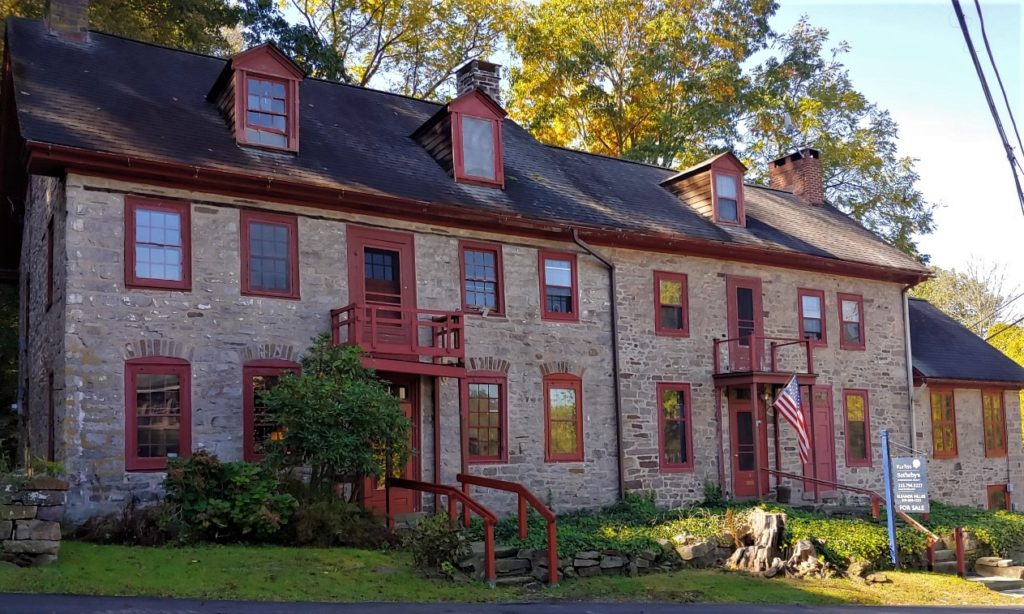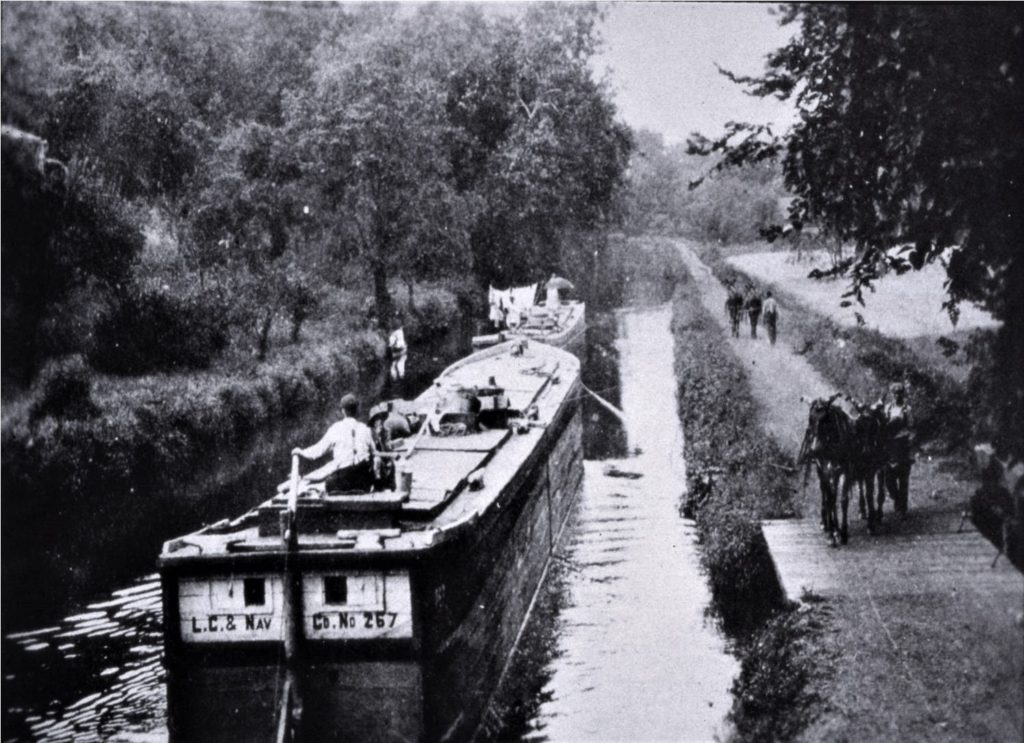Aunt Betsy brought joy and warmth to a Bucks inn during a tough era.
One of the delights of my career was absorbing farm life in Amish country with wife Mary Anne and daughter Genevieve. We spent several days at Glen Run Valley Farm in Chester County as guests of Hanna and Harold Stoltzus. On assignment for a travel magazine, we experienced the couple’s Mennonite traditions as well as that of their Amish neighbors. Housekeeper Hanna’s sunny hospitality was memorable. Around the dinner table, she entertained with stories like that of free-spirited boarders from California who decided to frolic nude in the field below the house. An Amish farmer saw them and alerted the Stoltzus. They in turn had to explain to the au naturel couple Amish Country is not California. Hanna, always with a good natured quip, noted the difficulty of strangers fitting into a rural community like hers. As she put it, “It’s like they say, ‘You’re never really accepted until you marry the teller at the bank.’ ”
I thought of Hanna when I came across the story of Elizabeth “Betsy” Kenderdine. Though she didn’t marry a bank teller, the affable Solebury innkeeper put a sunny face on her former Hard Times inn of the early 1800s. She and husband John owned the two-story fieldstone building next to a ferry landing at the end of Cuttalossa Road at the Delaware River. The couple hung out a new shingle in front of Hard Times declaring its new name – the “Camel Inn”.

Betsy’s nephew Thaddeus Kenderdine recalled visits when his aunt managed the inn on her own. “Her husband had but lately died, and, with her two children, one but three months old, she was fighting the battle of life. With her plain cap, kindly face and housekeeping ability, Aunt Betsy elevated her calling and her guests praised her as a model landlady.”
The inn, now a private residence, has quite a history dating to the mid-1700s when it was a popular layover for crews manning cargo boats and lumber rafts on the Delaware. Timber milled at a sawmill across the creek from the inn gave the hamlet a name – Lumberton – in a region politically divided. Many didn’t want independence from Britain during the American Revolution. John Kugler and wife Susanna who owned the inn and sawmill were Tory sympathizers. They hid British spies including the infamous Doan Gang who tracked George Washington’s army and terrorized the countryside. When the revolution turned in Washington’s favor, the Kuglers in 1780 were imprisoned in Newtown for materially aiding the enemy.
Wealthy land baron Jeremiah King eventually bought the inn and rented it to Samuel Runk in 1818. He asked King to put up a sign to draw customers to his business. King refused, saying he was facing “hard times.” So Runk whitewashed an old window shutter and with tar painted “HARD TIMES” in enormous letters. He nailed the makeshift sign to the second floor above the inn’s tavern. The name became synonymous for the ferry landing.
Betsy and John Kinderdine later took possession and changed the name. The Camel Inn was a wonder to visit for Betsy’s nephew. “With its low ceiling, entered by a narrow doorway, the barroom reminded me of one of Dickens’ creations in that time. In after years this building was my home, the barroom being the sitting room. In its cozy, quiet limits I often thought of it as it was in the faraway times of the Revolution when the Durham boatmen and congenial waterside spirits held high carnival there.”
Taproom tales were common fare. Like the story of a woman who attempted to cross the Delaware from New Jersey on an ice flow in 1790. “After a very hard winter, on the breaking up of the ice, a woman with a small bundle was seen on the Jersey side, approaching the shore and contrary to all remonstrances there determined on crossing the river,” according to a reminiscence of William J. Buck. “She at once sprang on a huge cake and walking over it leaped on another and so continued on the floating masses till she got near the middle of the stream, when at intervals she had to wait and watch her chance till an opportunity was presented to reach the next, and thus she managed till she finally got safely across. She seemed to be insensible to danger, and when she got on the Pennsylvania side proceeded up the old road along the Cuttalossa. To spectators she appeared a stranger, alone and unknown.”

The opening in 1832 of the Delaware Canal shipping channel between Easton and Bristol ensured success for Aunt Betsy’s inn sitting next to the canal. Nine years later she closed it and moved to Philadelphia. It never reopened, becoming a private residence as it is today overlooking the shuttered Cuttalossa Inn on River Road.
***
Sources include “The Cuttalossa” by William Buck published in 1897 on file at the Solebury Township Historical Society, and “Place Names in Bucks County Pennylvania” by George MacReynolds published in 1942 by the Bucks County Historical Society. I’m grateful during this time of pandemic isolation for help from Judy, Pam and Wendy of the Archives Team at the Solebury Township Historical Society.

